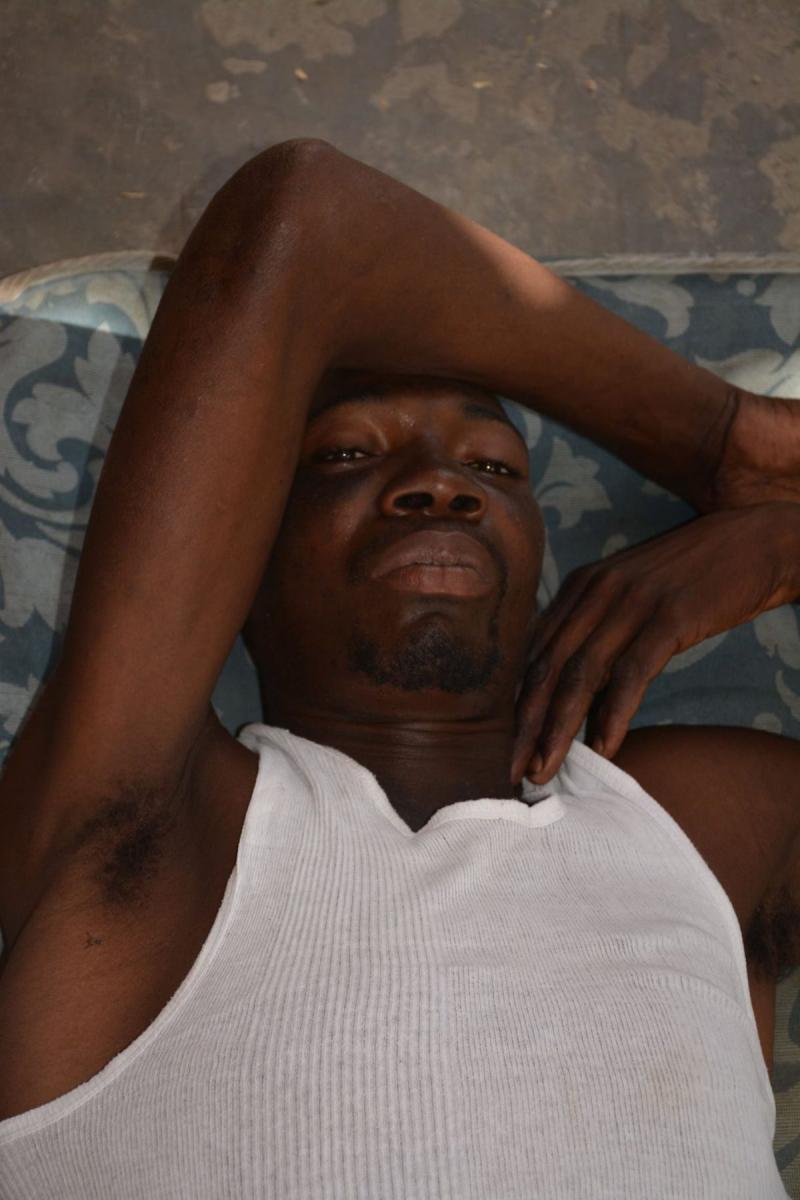 Claudy (Photo by Karen Bultje)
Claudy (Photo by Karen Bultje)
blogs.pjstar.com - by John Carroll, MD - July 6, 2016
A wonderful friend of ours, Karen Bultje, who is a missionary in Haiti, has been caring for a young man named Claudy in her home for several days. Claudy lives in the Kenscoff mountains above Port-au-Prince. He recently became ill with a high fever, rash, and severe pain. He also began having weakness in his legs which prevented him from walking. His mother and family carried him down the mountains and he went by motorcycle taxi and tap-taps to Karen’s home in Port.
Karen and her nursing staff took Claudy to a local hospital where he was examined but he was sent back to Karen’s home. They said there was nothing they could do for Claudy. The family is not able to pay for care in any local private hospital in Port and the public hospitals are on strike.
Problem, Solution, SitRep, or ?:
Recent Comments